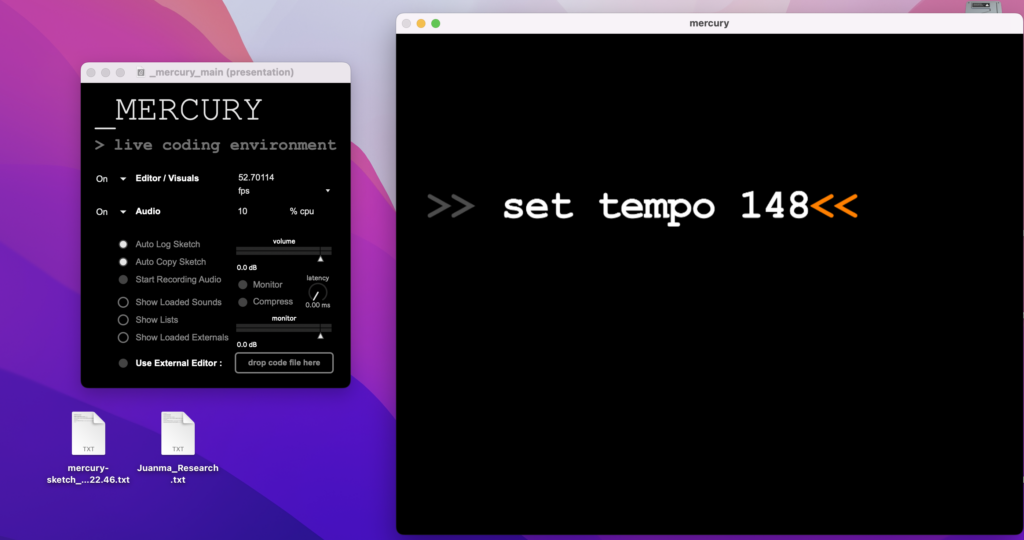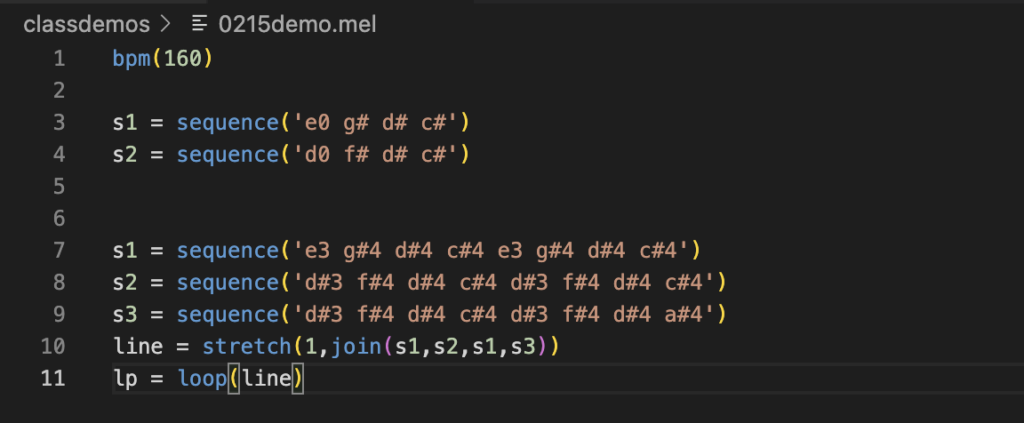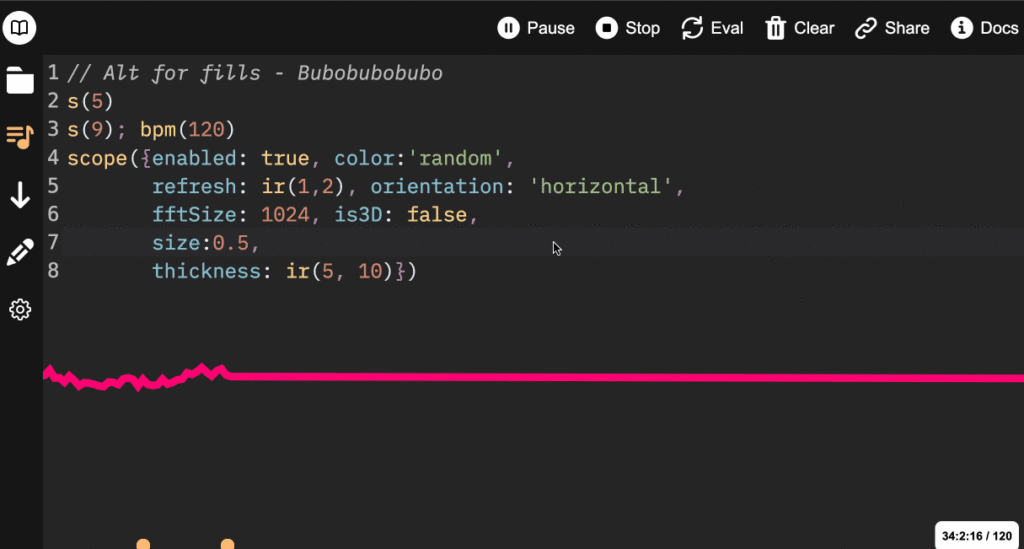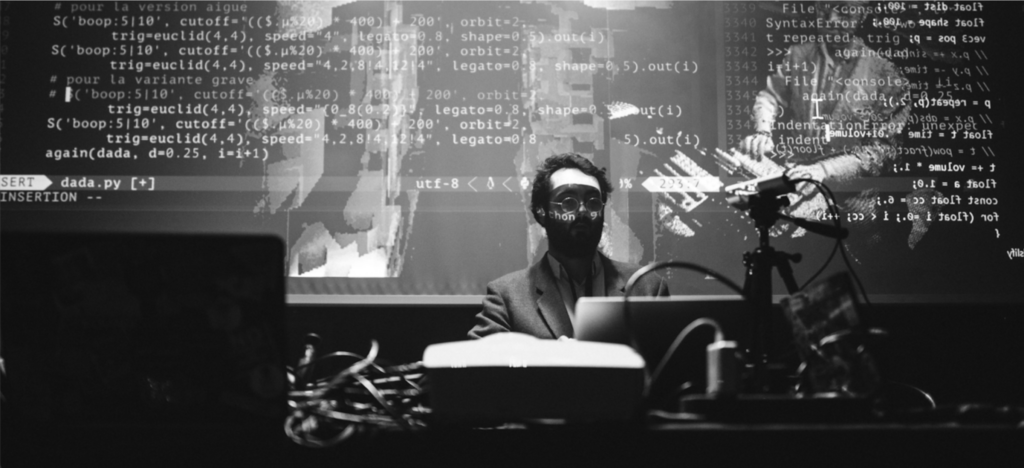Copilot Pro vs ChatGPT Plus: Which subscription is best for you?

Microsoft rebranded all its AI-powered companions as Copilot, adding specialized monikers to each of them. Therefore, a Copilot is an AI companion that is baked into Microsoft services and other apps, allowing you to use it as a helping hand when working or creating. There are already a bunch of these Copilots, and Microsoft wants to create more specialized versions for the most important apps in its own portfolio. Both Microsoft’s Copilot and OpenAI’s ChatGPT offer various chat modes, including integration with platforms like Skype and Android.
How to use ChatGPT, Copilot, and Gemini AI tools – Axios
How to use ChatGPT, Copilot, and Gemini AI tools.
Posted: Sun, 03 Mar 2024 08:00:00 GMT [source]
For people with little website design experience, AI-driven website builders like the Wix AI website builder could be a more appropriate ChatGPT competitor. But, that’s not the only similarity it shares with Microsoft’s Copilot. ChatSonic too connects to a search engine repository to fetch up-to-date information. In this case, though, the repository happens to be Google, not Bing. Beyond that, it can perceive and analyze different data modalities like images, audio, video, etc in addition to text. It also has a very low hallucination rate, which is something that ChatGPT struggles with as well.
Best Overall: Anthropic Claude
Can summarize texts and generate paragraphs and product descriptions. Has over 50 different writing templates, including blog posts, Twitter threads, and video scripts. Another advantage of the upgraded ChatGPT is its availability to the public at no cost. Despite its immense popularity and major upgrade, ChatGPT remains free, making it an incredible resource for students, writers, and professionals who need a reliable AI chatbot. Still, if you want to try the tool before committing to buying it, read my piece, ‘How to try Google’s new Gemini Live AI assistant for free’. One of the biggest standout features is that you can toggle between the most popular AI models on the market using the Custom Model Selector.
- Similarly, both struggled with human hands and portraying people in a way that didn’t feel artificial.
- As for our challenges, Copilot suggested What’s the Time, Mr. Wolf?
- The result is a chatbot that is capable of handling AI conversations and accessing the web.
- However, during Microsoft Ignite in November 2023, Microsoft decided to rebrand its chatbot and call it Copilot instead.
- Marc Benioff, co-founder and CEO of Salesforce, has some harsh criticism of Microsoft Copilot.
- Edits you make to the Copilot on Edge images will update across the two tools as you make them, but it’s a one-way process.
That means there’s less copy-paste action to get the AI-written content into your email, word processor, or presentation. You don’t have to go back and forth between the Copilot app or web version and the program you are using. With both chatbots using GPT-4, the difference in ethics between the two platforms lies in each company’s content policy guidelines.
Still, Copilot’s watercolor featured black outlines more consistent with comic book art than with a painting. Smith expects coding assistant capabilities to become more pervasive, much like how every word processor ended up with spelling and grammar checking. Every development tool will end up making use of AI to improve developer throughput. A ChatGPT subscription with access to the latest language model is $20 per month. Copilot pricing starts at $10 per month for individuals and $19 per month for organizations. Copilot can suggest lines of code, variables and function names relevant to the context of the code, and it can assist with granular snippets.
Why Should You Use A ChatGPT Alternative?
There are now several different Microsoft Copilot AI tools, ranging from Copilot in Windows 11 and Copilot in Microsoft 365 to newer tools like Copilot for Sales and Copilot for Security. As with all generative AI, part of Copilot’s power is the ability to ask follow- up questions and provide more context. In this case, I asked for more details about the fifth bullet by asking, “Please give me more information about the request from XXXXXX.” Copilot then pulled information from the email and summarized it. Lastly, ChatGPT continuously sends data to its maker, OpenAI, to train the AI’s algorithms. Because OpenAI did not design privacy guardrails into Chat-GPT, users should not enter client, customer, or otherwise sensitive information into the tool. Copilot, in contrast, keeps data within the Microsoft 365 environment for each user, according to Microsoft, which says your data is not shared outside your organization, not even to train the AI to be smarter.
They can assist in the writing process or help with tedious tasks, but cannot replace human judgment. Users should critically review and fact-check AI-generated content, especially in sensitive or professional areas. Much of its power comes from the variety of applications you can use it for. Its customizability means you can develop innovative and customized solutions to your problems. These are some of the highlighted issues with Copilot’s new update.
In March 2023, Microsoft started integrating its AI-powered Bing search into Microsoft Edge. The company began rolling out stable versions of the browser with the Bing AI chatbot built right into the sidebar as standard. Unlike the free version of Copilot, the pro subscription includes access to all of the 365 Copilot features, which is the most significant difference between it and ChatGPT Plus. Its money and computing power how is copilot different from chatgpt through the Azure cloud platform has helped train the models designed by the startup including GPT-3.5, GPT-4 and the DALL-E 3 AI image generation model. Google is expected to launch Bard Advanced, a premium version of the chatbot that will be powered by the new Gemini Ultra model later this year. Anthropic also offers its own premium version of Claude 2 and there are multi-model services from Perplexity, Poe and others.
The bottom line is that both chatbots have pros and cons, but ChatGPT’s factual accuracy and creative skills fall slightly behind Copilot if you’re on the GPT-3.5 model. That said, you can bring ChatGPT up to the same level if you switch to the latest GPT-4o language model. The latest model and web browsing features used to be unavailable to free users previously, but they’re now open to everyone for free. It was developed by GitHub and OpenAI, and is built on OpenAI’s language models. Other coding assistants are available from vendors such as Google, IBM and Tabnine.
This could mean finding information from a project several years ago “without having to hunt through a folder maze,” said Slade. And then there are Copilots aimed primarily at consumer, rather than business, users. In each case, the Copilot for Microsoft 365 costs an additional $30 per user each month. Davis Porter is an extensively published senior writer in tech, with a soft spot for WordPress.
Apple MacBook Pro M4 review: the Pro for everyone
Microsoft has followed the same free-to-use strategy with Copilot and Bing. The only condition is that you’ll need to use Microsoft’s Edge web browser to access the chatbot. If you use other browsers like Google Chrome, you’ll be limited to five replies per conversation. Copilot lets you choose from three modes, namely Creative, Balanced, and Precise.
Like ChatGPT and all AI chatbots, Copilot can help with text queries, including (but not limited to) research, writing assistance, coding, and more. The chatbot can help you with your creative tasks, such as writing a poem, essay, or song. It ChatGPT App can solve complex math or coding tasks, and even generate images from text by using Image Creator from Microsoft Designer. You can ask Copilot questions and get detailed, human-like responses with footnotes that link back to the sources.
Confusingly, Microsoft has also used the Copilot brand for its other products such as Windows Copilot, GitHub Copilot and 365 Copilot for office products. However, the company is now trying to unify those systems and Copilot Pro is the first step. With the premium plan you can also build your own custom chatbot on top of either Copilot or ChatGPT using your own custom instructions or personal data. For the moment, ChatGPT Plus and Copliot Pro are the more high-profile offerings.

Even OpenAI CEO Sam Altman admitted developing tools like ChatGPT without copyrighted content is impossible. He further supported his claims by indicating copyright law doesn’t prohibit using copyrighted content to train AI models. Consequently, Microsoft reeled in the chatbot with a new session limit, changing chat sessions from unlimited to a five-question limit, and a 50-chat turn daily limit. Microsoft later expanded that limit to six chat turns per session and 60 total chats per day, but this was still less than the original experience users got. Select users were given early access to the chatbot and were not shy about sharing their experiences. Many of these users tested the chatbot’s capabilities and exposed its varied flaws.
The Android launch was first spotted by X user @technosarusrex, then picked up by Neowin on Dec. 26. Three days later, Microsoft launched an iOS and iPadOS version of the generative AI chatbot. If you exclude integration with 365 because you use other office products like Google Workspace then ChatGPT wins outright.
It can also generate text-based content, such as articles, stories and summaries, which makes it useful for content creation. GitHub also offers Copilot Chat, a tool that combines chat and terminal interfaces directly into the IDE. For example, it can detect code changes and automatically suggest descriptions, called pull requests, to accompany software updates. Microsoft Copilot features different conversational styles, including Creative, Balanced, and Precise, which alter how light or straightforward the interactions are. Unfortunately, conversation styles can have varying degrees of accuracy. Historically, Precise has been the most accurate in my experience, but that recently changed.
As the older of the three platforms, ChatGPT has a wide variety of different GPTs to use the AI in different ways. These variations are tailored to specific tasks, which means they tend to create better results than ChatGPT alone. The different GPTs available can help with anything from conducting research to building code.
The 9 Best ChatGPT Alternatives in 2024
However, Copilot Pro offers one additional feature over ChatGPT Plus that is actually somewhat confusing. Copilot currently has GPT-4 Turbo, the latest version of GPT-4 with a number of key improvements, and you’ll get priority access to it with a Pro subscription. The only way to use GPT-4 Turbo right now as a ChatGPT user is as a developer and by calling the appropriate API for it. However, ChatGPT Plus users get GPT-4o, which is better than GPT-4 Turbo and can even be used by free users of the service. Another problem for Microsoft is that users are typically bad at writing prompts, the employees say.
When Voice mode first launched, there was some speculation over what technology Microsoft was using for Copilot Voice, as it seemed remarkably similar to Inflection’s Pi. This made some sense as the founder and former CEO of Inflection, Mustafa Suleyman, is now the CEO of Microsoft AI and in charge of Copilot. The very thing that made Pixelmator a charming and affordable image editor could go away once Apple officially acquires the company. While Copilot is the better choice for those who already use Word and Outlook, ChatGPT Pro consistently produces more eloquent written content. Where Copilot’s felt more like a first draft, OpenAI delivered more varied sentence structure and vocabulary for a smoother read. ChatGPT also has content restrictions that prevent imitating another modern artist.

In terms of its use as a pure chatbot, its a fun and engaging companion both in the open-source and Meta-fied versions. You can foun additiona information about ai customer service and artificial intelligence and NLP. The company says it wants to eventually make MetaAI the greatest virtual assistant on the market and will continue to invest in new models. Llama 4 is expected to require 10 times more training resource than Llama 3. Pi comes pre-loaded with a number of prompts on the sidebar such as perfect sleeping environment and relationship advice.
But Copilot goes one step better by integrating directly with Windows. Whether you use the free or paid version of Copilot, just click the Taskbar icon in Windows 10 or 11, and Copilot pops up in a window ready to take your requests. Simply put, this is a tool designed to let you customize a Copilot for your business needs. ChatGPT nailed it, integrating the new library with the existing features and even providing a detailed breakdown of how the new code works compared to the original. Pressing the key activates the “Win + Shift(left) + F23” shortcut, so that’s what we need to put into the shortcut field. The next step is a bit trickier, as we need to configure launching our application.

In this guide, we take a look at what Microsoft Copolit is and how to use it. The Microsoft Copilot AI chatbot is accessible through the Copilot.Microsoft.com website or Bing. Users need a Microsoft account or Entra ID to log in, or you can use it without signing in and have limited responses per topic.
Pros and Cons of ChatGPT for Software Development
The best AI chatbot overall and a wide range of capabilities beyond writing, including coding, conversation, and math equations. If you want your child to use AI to lighten their workload, but within some limits, Socratic is for you. With Socratic, children can type in any question about what they learn in school. The tool will then generate a conversational, human-like response with fun, unique graphics to help break down the concept. For the last year and a half, I have taken a deep dive into AI and have tested as many AI tools as possible — including dozens of AI chatbots. Using my findings and those of other ZDNET AI experts, I have created a comprehensive list of the best AI chatbots on the market.
- Because of ChatGPT’s use of GPT-4o, OpenAI’s most advanced, multimodal LLM, ChatGPT has taken the lead.
- This is OpenAI’s most advanced AI image generator and can even create legible text on the picture — most of the time.
- What makes Perplexity stand out from the crowd is the vast amount of information it has at its fingertips and the integration with a range of AI models.
One is an AI tool designed solely to help write code; the other is a general-purpose AI solution that can churn out code. Microsoft is racing to add value to these AI tools before customers start asking whether they’re getting a proper return from the extra money they’re spending on this much-hyped technology. Enterprises can integrate Copilot for Service with customer relationship management (CRM) applications to receive “AI-guided answers” and “resources” for each customer, according to Microsoft.
Finally, you have to go back and forth between tabs, copying, pasting, waiting, and repeating the process until you’re done. I know, “first world problems,” but still, it’s annoying when you have good work momentum going and then GPT slows you down. So, if you’re tired of ChatGPT or you just want to try something new, then check out these tools. Tony is a computing writer at Tom’s Guide covering laptops, tablets, Windows, and iOS. During his off-hours, Tony enjoys reading comic books, playing video games, reading speculative fiction novels, and spending too much time on X/Twitter. His non-nerdy pursuits involve attending Hard Rock/Heavy Metal concerts and going to NYC bars with friends and colleagues.
Or, since ChatGPT Plus doesn’t do well with text-based graphics, you can use the Adobe Express or Canva integrations to find templates that help you turn your design idea into reality. Gemini has tools to delete your content as well, including automatically scheduling deletions. These conversations are not deleted with the rest of the data and can be retained for up to three years. Copilot will use DALLE-3 to generate images, much like ChatGPT Plus.
When you ask a question in Copilot, the chatbot automatically includes footnotes in its generated answers that lead you back to the source of its response. Click the footnote, and you will be ChatGPT sent directly to the web article in another tab. Whichever flavor of Gemini you go for, the interface is very similar to ChatGPT, with your previous conversations down the left of the screen.
8 ChatGPT Alternatives You Can Try In 2024 – Search Engine Journal
8 ChatGPT Alternatives You Can Try In 2024.
Posted: Thu, 19 Sep 2024 07:00:00 GMT [source]
For instance, the Team and Enterprise versions of ChatGPT offer a lot more control over data privacy and security. However, unlike ChatGPT, Copilot is specifically fine-tuned to support users in different ways across various Microsoft applications and tools. Microsoft Copilot in Microsoft Teams, for instance, features specific capabilities intended to boost meeting performance and collaboration. The Microsoft Security Copilot, on the other hand, is fine-tuned to improve business security and compliance.
Copilot Voice diligently worked through the problem, asking follow-up questions to get to know the problem better and offering pretty solid solutions comparable to what a human would suggest. This means that, unlike ChatGPT’s Voice Mode, you don’t need to spend $20 per month on a premium AI membership to use it. Even though Google’s counterpart, Gemini Live, is free with the Gemini app, it is limited to Android users, whereas Copilot Voice is not. However, in May 2024, OpenAI released several upgrades to ChatGPT that significantly improved the free version of the chatbot and surpassed Copilot’s.

TikTok has added the ability to directly share content from Apple Music and Spotify and feature it in your posts. Microsoft is currently steadily rolling out its Copilot companions to many of its apps. Windows Copilot launched in beta in June 2023 as part of the Windows 11 Insider preview, and was finally delivered to Windows 11 users on Sept. 26, 2023 via a Windows Update. A lot of Microsoft’s Build presentation focused on plugins and how third-party developers can integrate with Windows Copilot, so we expect the AI’s capabilities to expand as the platform matures.







